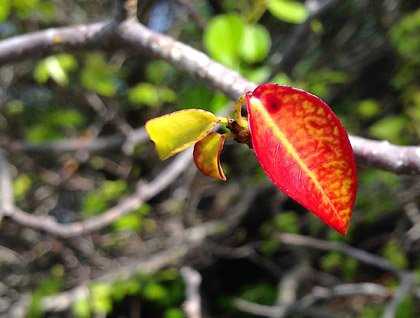The day is young as we start out for an early walk at Urbina Bay on the west coast of Isabela Island. Isabela is the largest island with a landmass of over 4,000 square kilometers with six large shield volcanoes. We land at an area that was completely underwater prior to 1954 and due to a volcanic uplift, the seafloor was pushed up in certain areas to over 4 meters out of the water. Venturing inland we encounter various remnants of the submarine uplift such as shells, sand dollars, and Venus mollusk shells. Land iguana burrows litter the ground under the vegetation with an occasional iguana peeking out from their realm. Incense trees, Yellow Cordia bushes, and poison apple trees encircle us as we continue on the path and we come upon a small Galapagos tortoise that is “bulldozing” through the dense vegetation. Darwin finches line our trail and are continually singing as the season provides abundant food. After our hearty breakfast we return to Urbina bay beach to snorkel and eventually have a “Mega” swim to the National Geographic Islander.
The afternoon unfolds at an historic site called Tagus Cove, which has been a safe anchorage for ships. The sailors have revealed their ability of graffiti as evidenced by the names of their ships they’ve left behind, carved into the rocks. Those kayaking and snorkeling are taken to the coastal area where penguins, flightless cormorants, and brown pelicans are actively feeding. As the late afternoon comes upon us, we hike to the highlands of Tagus Cove, which allows us an incredible view of Darwin Lake and the entire island of Isabela. Upon our return to our floating home, we encounter flightless cormorants and penguins taking their positions for the nightfall. It was an amazing day for all.







